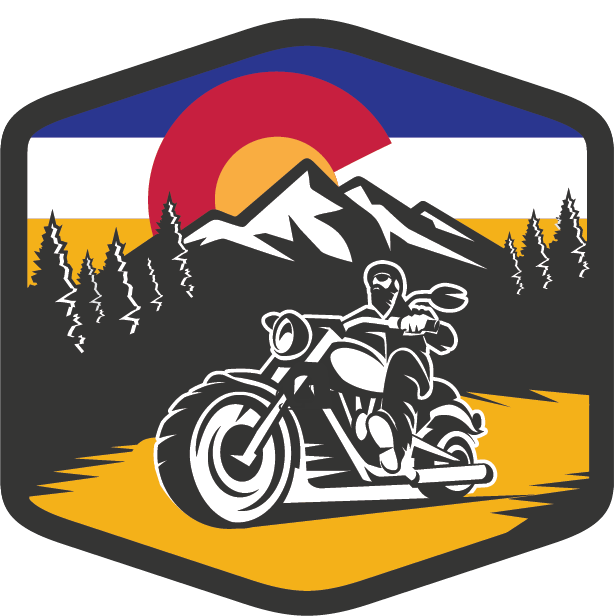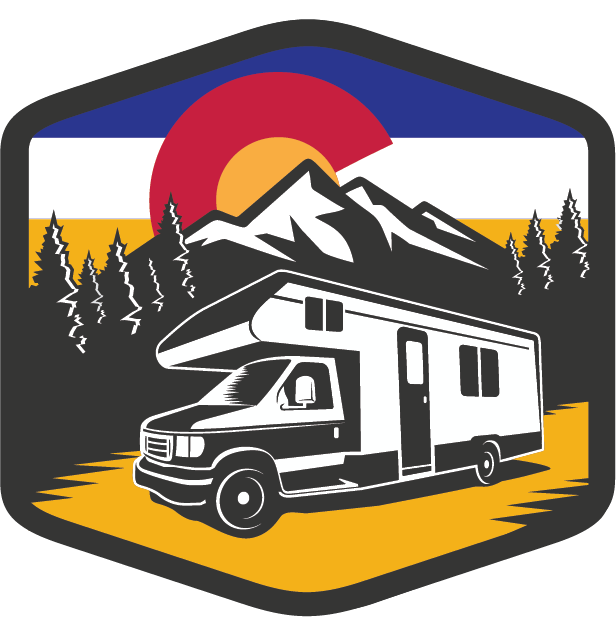Super Cruising in Colorado

Welcome to Colorado!
Colorado is known for amazing outdoor recreation year-round. This page can help you plan a great trip with tips on navigating the state's most traversed mountain passes and roadways as well as informational videos that show you what you can expect. If you are towing a camper or trailer, this site also provides insight into the conditions you can expect to encounter. Spend a couple of minutes, so you can safely navigate our mountains, valleys, plains and beyond!
Colorado Driving Tips
Learn More about Colorado Roadways
Interstate 70
Highway 550
Highway 34
Highway 40
Highway 50 - Monarch Pass
Highway 491 - Southwest Colorado
Things You Should Know
- Steep Turns and Blind Corners
Don’t hug the center line when driving on winding roads, as this can be especially dangerous if a vehicle coming from the other direction is also hugging the center. If you are driving on a single-lane mountain road and come across a blind corner, drive slowly and continuously honk your horn. If another driver is traveling in the opposite direction and also approaches the corner. This can alert the driver that you are there and help prevent a collision.
- Speed
Drive the posted speed limit to save your gas and your brakes and stay in your lane. The speed limit is set for your safety. If you know you are going much slower than the posted limit, be courteous and pull into a turnout or on a straightway with a shoulder to allow a group of other motorists to pass.
- Fatigue – Plan your trip
Plan your trip. Driving long distances and trying to navigate the Southwest part of Colorado at night or fatigued is not advisable.
- Scenery and Sightseeing
Use designated pull offs to enjoy the views not while driving. Colorado has beautiful scenery and there are numerous areas to pull off to take pictures. For your safety, do not park on the side of a road or in undesignated areas.
- Passing
Only pass slower-moving traffic (slow vehicles pulling over when possible and letting traffic pass) when you’ve got a clear view of the road ahead and you are in a marked area that allows it. Never pass another car on a blind curve or when your visibility is compromised.
- Downshift Before Steep Downgrades or Uphill
Give your brakes a break. Plan ahead of a downgrade by slowing down and downshifting into a lower gear. If you’re in a higher gear, it will cause more wear and tear on your brake pads. This not only helps on maintenance of your vehicle, but also is a safer method of speed control. Downgrades will naturally speed you up.
- Descend Slowly
Even if you put your vehicle into lower gear, you will still likely need to monitor your speed going downhill. Do not ride your brake or brake for an extended period. Instead, evenly pulse your brake by applying steady pressure until your speed drops slightly under the limit. Then let off the brakes and allow your vehicle to speed back up to the posted limit and repeat the process.
- Pay Attention to Your Engine Temperature
Steep inclines can cause your engine to heat up, so keep an eye on your engine temperature gauge. To avoid becoming disabled on a narrow roadway or road with no shoulder, watch your engine light. If it starts getting hot, turn off your air conditioning and roll down your windows can help cool it off. If that doesn’t help, pull over when safe and let the engine idle for a moment to help lower the temperature.
Other Tips
- Exploring Unpaved Road
Planning to go off-road? First check local weather and road conditions that may affect your drive. Remember, unpaved roads provide significantly less traction so you will need to slow down and takes curves on a wider arc than what is needed on a paved road. Finally, let someone who isn’t going with you know where you are headed and when you expect to return.
- Avoid Critter Collisions
While it is always important focus on the road while driving, the mountains come with unique hazards. Wildlife such as foxes, bears, mountain lions, and particularly elk and deer have been known to wander out into the middle of the road, especially during the hours between dusk and dawn. By slowing down and glancing ahead to the upcoming road and shoulders, you’ll give yourself more time to spot an animal. Additionally, using your high beams if there is no oncoming traffic can give you better visibility on dark roads. Wildlife crossing signs are good reminders that wildlife could be lurking about, but it’s important to take precautions anytime you are driving in the mountains. Also, remember that elk and deer often travel in groups, so if you stop and allow one of these animals to cross, it’s a good idea to wait a moment to see if any others are following.
- Watch for Hidden Driveways
Regional roads are often scattered with residences. When driving on these types of roadways, watch for driveways. If a road is curvy or hilly, driveways can be difficult to see until you are very close to them.
- Look for Livestock
In some areas, livestock may be moved across rural roads. Look for road signs marking these areas and warning drivers to slow down and use caution. If you happen upon a group of cattle or other livestock being moved from one side of a rural road to another, stop your vehicle and wait patiently for the animals to clear the roadway completely. Do not do anything that may spook the animals like revving your engine or blowing your horn. Stay inside your vehicle for safety.
- Share the Road
Tractors, ATVs, and farming combines can often be found on rural roadways. Remember that these vehicles, especially farm equipment, have every right to be on the road. Keep a safe distance, as drivers of such vehicles might have limited visibility. If you attempt to pass a large piece of equipment on a rural roadway, make sure that you have plenty of time and space to make the maneuver safely. Above all, be courteous to the drivers of these types of vehicles.
- Avoid Cruise Control in the Mountains
Turning on cruise control in the mountains can be dangerous. Each hill and downgrade give different circumstances on how you should handle the road and you need to be in full control of your vehicle so you can anticipate each situation. Also, avoid Cruise Control in ice, snow pack, and standing water as road conditions can change very quickly.
- Don’t park where it says "No Parking"
Just don’t. They say "No Parking" for a reason which is often for safety purposes or to protect the nearby environment and ecology of the area. The most likely reason is for safety as the Rocky Mountains in any season are very busy and bustling with tourists.
- Monitor Your Tire Pressure
Proper tire inflation is important for safe travel. Ensuring your tires are inflated to the correct level helps maintain the right amount of traction between your vehicle and the road, absorb shocks, and helps your vehicle follow the directions you give when steering. Check your tire pressure regularly when traveling.


